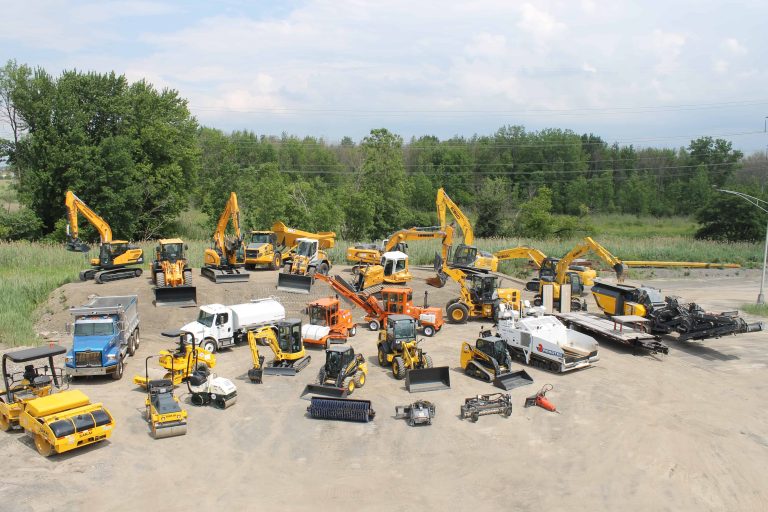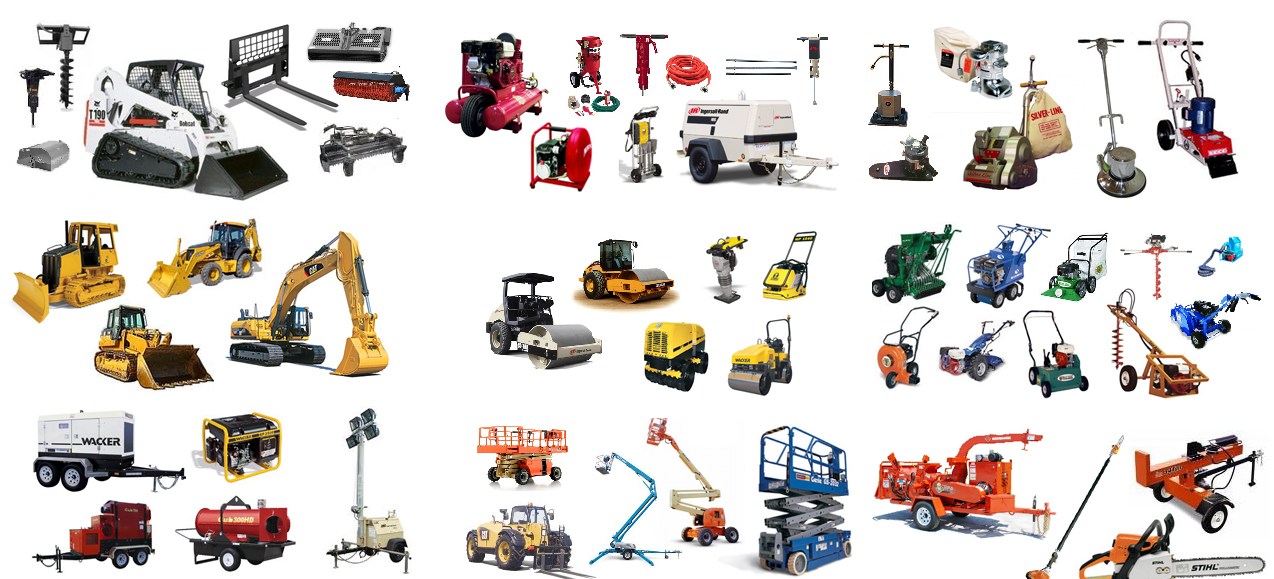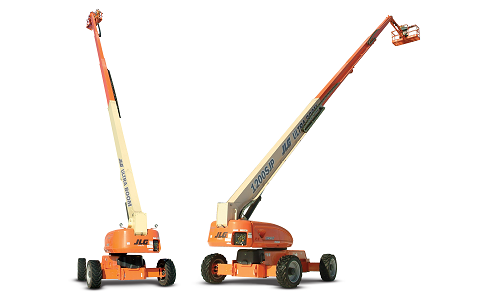Maximize Your Budget by Understanding the Expenses Associated With Building And Construction Tools Leasings
Recognizing the complete range of expenses connected with building tools rentals is vital for maximizing your budget. What techniques can be used to efficiently handle these costs and ensure a much more reliable rental experience?
Overview of Rental Prices
When thinking about building and construction devices services, understanding the connected costs is critical for effective budgeting and project preparation. Rental expenses can differ dramatically based on several factors, including equipment kind, duration of rental, and place. The initial rental fee typically shows the devices's market need and its associated functional capabilities, affecting the general cost.
In addition to the base rental rate, secondary prices may occur, such as transport costs, gas surcharges, and upkeep costs. It is important to make up these additional expenses to precisely assess the complete cost of renting tools. Furthermore, the rental duration can impact rates; longer rentals may qualify for reduced prices, while temporary services could incur higher daily costs.

Failure of Rental Rates
A detailed understanding of rental rates is important for professionals and task supervisors aiming to optimize their budgets. Rental prices for construction equipment commonly contain a number of elements, including base rates, time-based costs, and use charges.
Base prices are the core fees associated with the service of the equipment, usually identified by the kind and size of the machinery. These rates can differ substantially, influenced by elements such as tools need, schedule, and regional market trends. Time-based charges, which may be daily, weekly, or monthly, serve to suit various task timelines and rental periods.
In addition, rental prices may consist of use costs, which are suitable when tools is utilized past a specified limit, making certain that the rental company can account for deterioration. Seasonal demand fluctuations can additionally impact rental rates, with peak building seasons typically commanding greater rates.
Furthermore, understanding the rental company's plans pertaining to maintenance and insurance policy can supply more understanding into the total expense structure. By evaluating these components, service providers can make informed decisions, making sure the option of rental tools straightens with both task needs and spending plan restrictions.
Added Fees to Take Into Consideration
Comprehending the complexities of additional fees is important for contractors to manage their general service expenses efficiently. Past the standard rental rates, different extra costs can significantly affect the overall price of equipment service. These fees typically include delivery and pickup charges, which can differ based on range and logistics associated with transferring the equipment to and from the work website.
Furthermore, some rental firms may enforce gas additional charges if the tools is returned crawler excavator for sale with less fuel than when rented out. It is additionally vital to understand possible cleaning charges, especially for specific tools that requires comprehensive maintenance after use.

Thoroughly examining the rental agreement and clarifying these added costs upfront can help service providers avoid unanticipated prices and ensure that budget plans remain intact throughout the job lifecycle.
Repair And Maintenance Expenditures
Routine maintenance and repair expenses are frequently neglected factors that can substantially influence the total cost of building tools look what i found leasings. When renting tools, it is vital to consider not only the rental fees yet additionally the potential prices connected with keeping the equipment in ideal operating condition.
Lots of rental companies include standard upkeep as part of the rental arrangement; nevertheless, much more comprehensive repair services or unforeseen malfunctions can lead to added expenditures. It's important to assess the rental contract carefully to comprehend what maintenance services are covered and what obligations fall on the tenant.
Furthermore, tools that is not well-maintained can bring about inefficiencies at work site, possibly creating hold-ups and boosting project expenses. To minimize these threats, it is advisable to conduct regular inspections and keep open interaction with the rental company pertaining to any type of issues that develop throughout use.
Insurance and Liability Expenses
Insurance policy and liability prices are crucial parts that can significantly influence the overall cost of construction equipment services (construction equipment rentals). These costs guarantee that both the rental firm and the customer are shielded from prospective financial losses developing from mishaps, damage, or burglary during the rental period

Additionally, customers should understand any type of deductibles or exemptions in the insurance coverage, as these can affect prospective out-of-pocket expenses. Comprehending the terms of any insurance protection is essential to prevent unforeseen costs. Eventually, budgeting for insurance coverage and liability costs can aid guarantee a smoother rental experience and protect against monetary threats connected with building jobs.
Final Thought
To conclude, a thorough understanding of the costs linked with construction tools leasings is important for reliable spending plan administration. By evaluating rental rates, additional fees, maintenance expenditures, and insurance policy organizations, people and demands can decrease unforeseen expenditures. This calculated method not useful site only boosts cost-effectiveness but additionally makes certain that tasks proceed efficiently and successfully. Ultimately, notified decision-making regarding tools rentals contributes to the total success of building and construction endeavors.
Rental expenses can differ dramatically based on several elements, including devices kind, period of service, and area (rental company near me). The rental period can impact pricing; longer rentals may qualify for reduced prices, while temporary services could incur higher everyday costs
By conducting extensive research and engaging with trustworthy rental firms, service providers can efficiently navigate the complexities of rental pricing, eventually maximizing their financial sources.
Beyond the standard rental rates, different extra charges can significantly affect the total cost of devices leasing. Rental firms typically offer liability insurance policy that covers injuries to 3rd celebrations or damages to property, while devices damage insurance can cover the price of repairs or substitute if the rented out equipment is harmed.